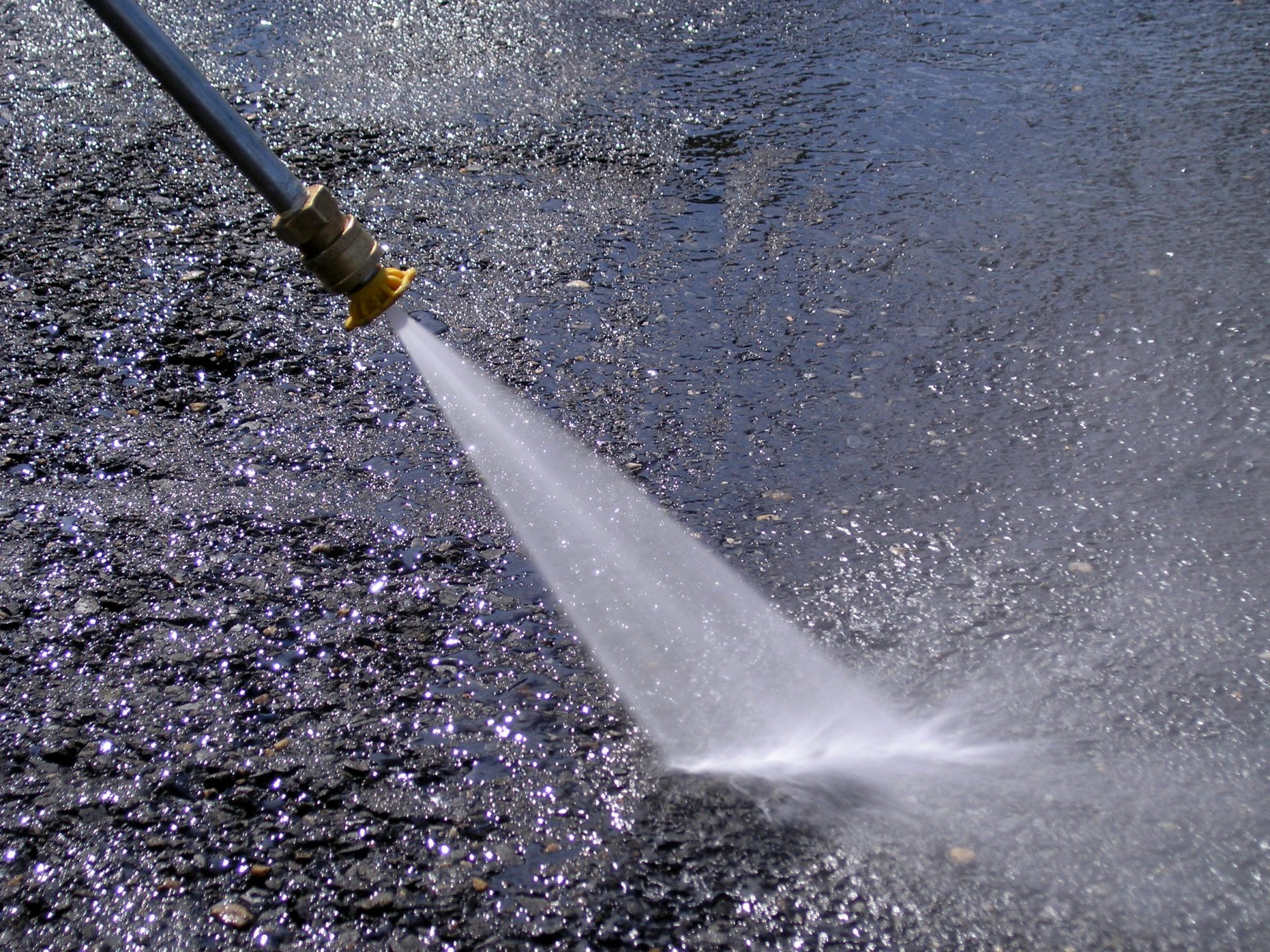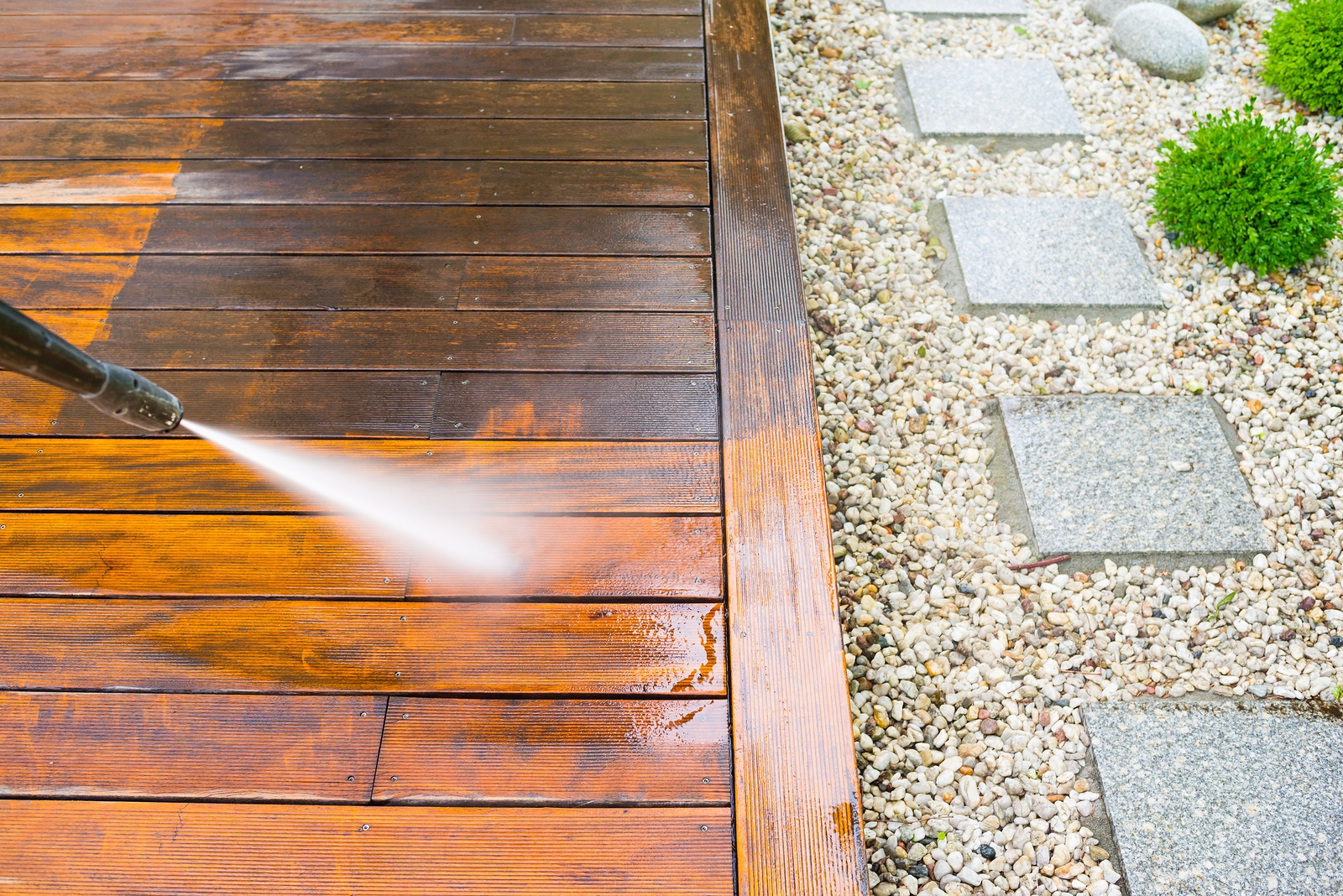Table of Content
The other key factor that goes hand in hand with psi is gpm, or gallons per minute. This measures the volume of water that goes through the pressure water. Models with a higher gpm will clean faster and more effectively because they’re using more water. However, that doesn’t mean you should simply buy the highest psi machine you can find.
To clean your concrete curbs, it costs $0.25 to $0.60 per linear foot because it requires more fine-tune cleaning with a turbo nozzle. Pressure washers generate a high-pressure water spray that’s ideal for cleaning boats, sidewalks, decks, and houses. Their power is measured in pounds per square inch , which is the amount of pressure the liquid contents put on the walls of the container. Pressure washers are available in gas and electric models; the gas variety can create greater psi and is advised for tougher jobs and hardier material. Because they don’t have to be plugged into an electrical outlet, gas pressure washers are also more mobile, so they’re better suited for hard-to-reach areas.
Power washing bumps up curb appeal
Choosing the right size pressure washer to clean your house depends on the type of materials you’ll be cleaning and the extent of the job. If you’re trying to clean exterior vinyl siding, decks, and patios, the best pressure washer should be between 2,000 and 3,000 psi. For stucco, aluminum, or soft wood, choose a pressure washer with a lower psi to avoid damage.
She recommends power-washing the house yourself to get a sense of the areas that need attention. Experts say you should aim to power-wash your home once or twice a year, during the spring or fall, depending on how dirty the house is. Protect shrubbery, plants, gardens, and lawn by covering with drop cloths or plastic sheeting. Close windows and doors, and duct tape or cover with plastic sheeting if your doors and windows are prone to leaking Secure all sheeting/cloths with duct tape.
How to Pressure Wash a House
This type of pressure washer is often best for small jobs around the house, such as cleaning cars, patio furniture, and grills. This reasonably priced pressure washer won raves from our tester, who required only 10 minutes to assemble and start the tool before starting on washing her car, wooden fence, and deck. With 1,850 psi and 1.2 gpm, this isn’t the most powerful pressure washer available, but it’s a fine choice for light-to-medium cleaning projects around your yard and garage. A simple pressure washing of concrete runs from $0.08 to $0.20 per square foot. It goes up from there—if the pavement is greasy and requires power washing plus a concrete detergent, it will cost $0.25 to $0.35 per square foot. The concrete detergent breaks up the dirt, grease, and oil and makes the pressure wash easier and faster.

Certain building materials deteriorate over time if left unwashed. Pressure washing helps to decrease these risks and ends up saving the business money in maintenance costs in the long run. Once the first section is thoroughly scrubbed, put on the safety goggles. Make sure that you have a 3-foot nozzle-to-wall distance, then turn on the pressure washer.
What surfaces can be pressure washed?
House soft washing is a professional term for a process that uses low pressure and special detergents to clean the surfaces of homes. Soft washing is a popular alternative to Pressure Washing, because pressure washing can damage surfaces with its high pressure and harsh detergents. When using a pressure washer to clean your home never apply pressure directly towards the surface of the home. If you opt to rent a power washer and take care of the mess yourself, you can expect to spend $35 to $175 per day, depending on where you live. There may not be a magic wand to instantly banish years of mildew, soot, dirt, and grime from your home’s exterior, but pressure washing is the next best thing.

Once all the results were in, the numbers were tallied and the winning pressure washers were declared. Once all of the cleaning was accomplished, the tester followed the manufacturer’s directions for storing the pressure washer, including draining the hoses and cleaning out the soap tanks. Do another rinse to ensure you've removed all the soap and grime. Remove any detergent residue by going over the exterior a couple of times with clean water. This prevents dirt and soap from running down your house onto dry spots. Always spray horizontally and avoid driving water up the siding, as this could leave unsightly marks on your house.
Check your paint type.
Average house power washing prices range from $0.15 to $0.25 per square foot which is great for cleaning mildew off the stucco. Rates depend on what the house is made of or sided with, and how much of the home exterior you want to be washed. Add more for windowsills and deeper cleaning on other features.

Close any outdoor outlets or cover them with duct tape to prevent water from getting inside. Also be aware of any overhead power lines that could be struck by the extension wand, and be careful to avoid these as you work. For this roundup, she received extensive input from pressure washer testers who put pressure washers through their paces around their own homes. She received extra insight from Deane Biermeier, who is a carpenter and former general contractor, as well as a member ofThe Spruce Home Improvement Review Board. Finally, testers assigned the pressure washers a score of 1 to 5 on several attributes, including effectiveness, design, noise level, ease of use, power, and value.
The average cost to power wash a deck ranges from $119 to $244 with most homeowners paying around $0.35 per square foot. To power wash, stain, and seal your deck, expect to spend between $0.50 and $1.50 per sq. Pressure washing the stairs costs extra at $65 per staircase while a lattice will cost $0.85–$0.95 per sq.
Following the steps carefully will ensure that your house is dirt and mildew free when you’ve finished the chore. Be sure you assemble all necessary materials before you start; take the time to protect plants, doorways, and windows; scrub the siding; and then start pressure washing. If you’re planning to paint, remember to time the washing properly so the siding can dry for a couple of days before you start applying paint or stain. Few household tasks are as satisfying as brandishing a powerful spray nozzle to quickly blast away dirt and deep-clean your exterior walls, deck, and driveway. If there's minimal buildup—or you're washing wood, which can get etched by a jet that's too strong—choose an electric model with a PSI of around 2,000. To remove more set-in stains or mold, or tackle an entire house, go with a gas-fueled type with a PSI of 2,500 to 3,000.





































